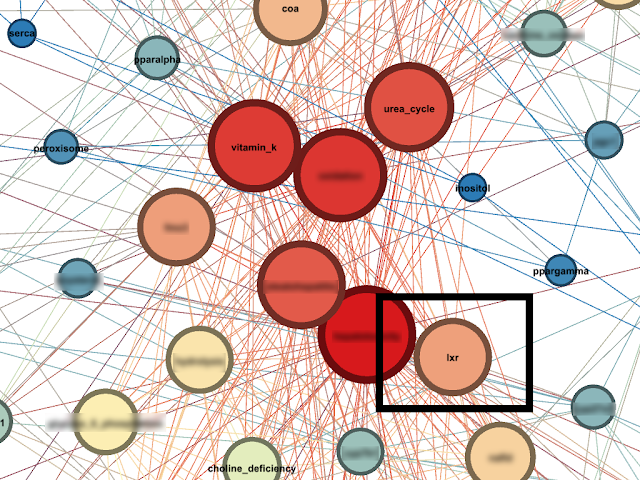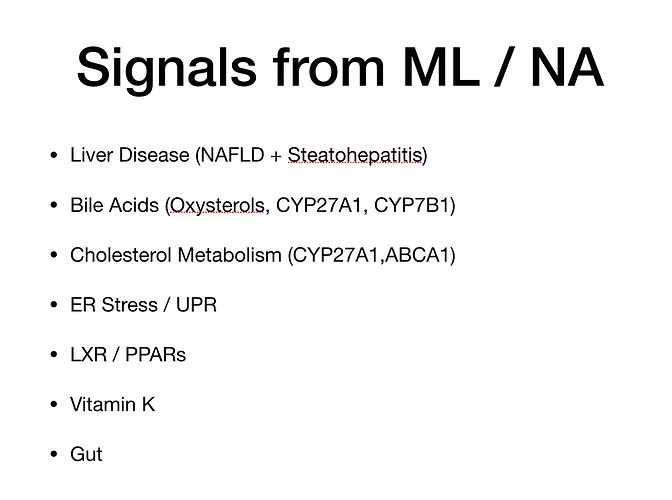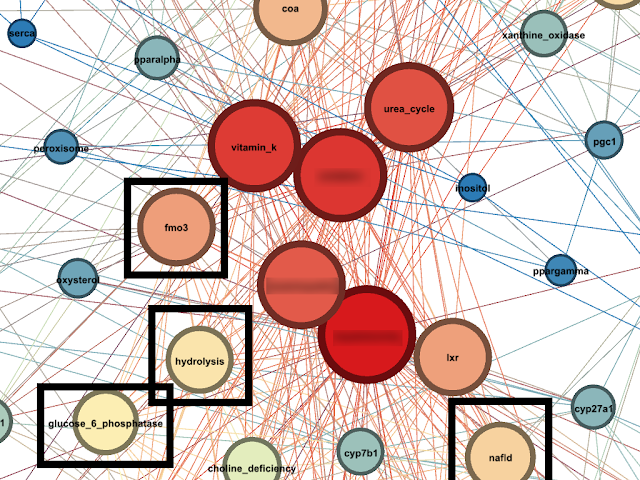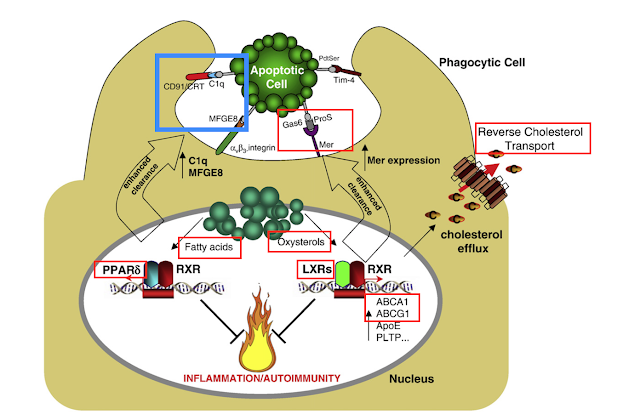jneurosci.org/content/30/36/11896
Neuroactive steroids act in the peripheral nervous system as physiological regulators and as protective agents for acquired or inherited peripheral neuropathy. In recent years, modulation of neuroactive steroids levels has been studied as a potential therapeutic approach to protect peripheral nerves from damage induced by diabetes. Nuclear receptors of the liver X receptor (LXR) family regulate adrenal steroidogenesis via their ability to control cholesterol homeostasis. Here we show that rat sciatic nerve expresses both LRXα and β isoforms and that these receptors are functional. Activation of liver X receptors using a synthetic ligand results in increased levels of neurosteroids and protection of the sciatic nerve from neuropathy induced by diabetes. LXR ligand treatment of streptozotocin-treated rats increases expression in the sciatic nerve of steroidogenic acute regulatory protein (a molecule involved in the transfer of cholesterol into mitochondria), of the enzyme P450scc (responsible for conversion of cholesterol into pregnenolone), of 5α-reductase (an enzyme involved in the generation of neuroactive steroids) and of classical LXR targets involved in cholesterol efflux, such as ABCA1 and ABCG1. These effects were associated with increased levels of neuroactive steroids (e.g., pregnenolone, progesterone, dihydroprogesterone and 3α-diol) in the sciatic nerve, and with neuroprotective effects on thermal nociceptive activity, nerve conduction velocity, and Na+, K±ATPase activity. These results suggest that LXR activation may represent a new pharmacological avenue to increase local neuroactive steroid levels that exert neuroprotective effects in diabetic neuropathy.




